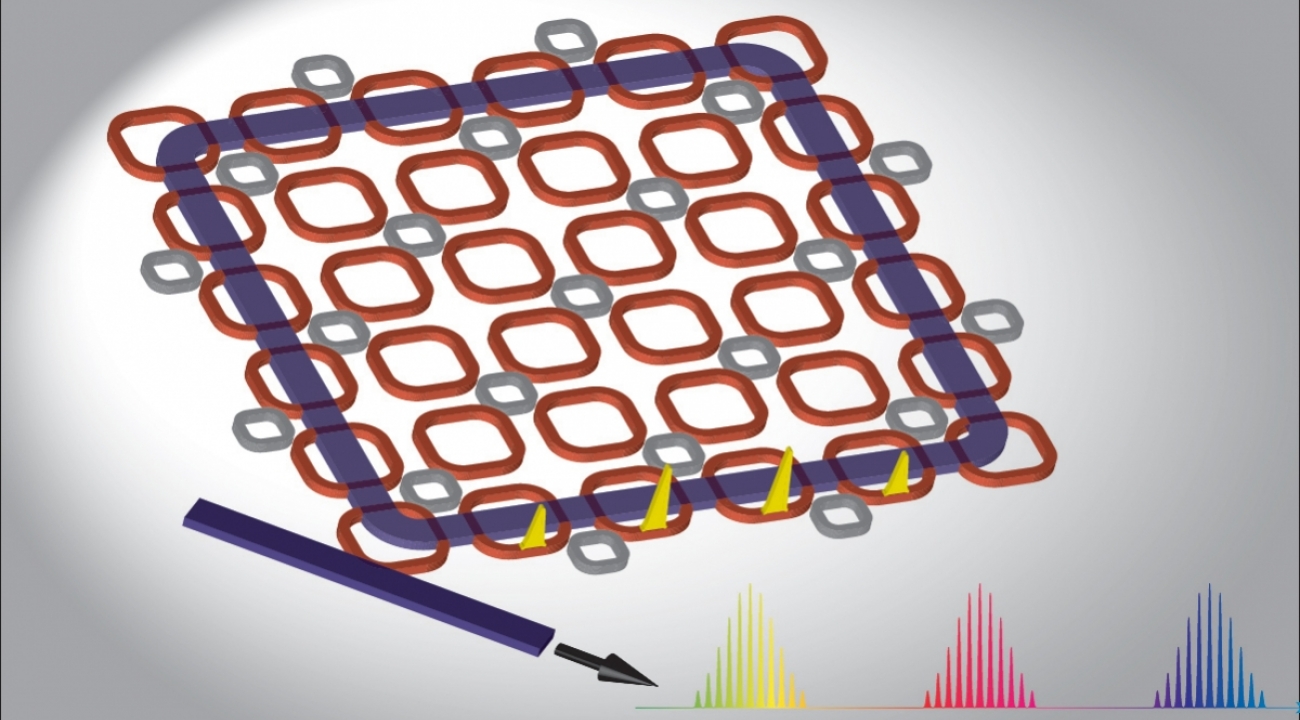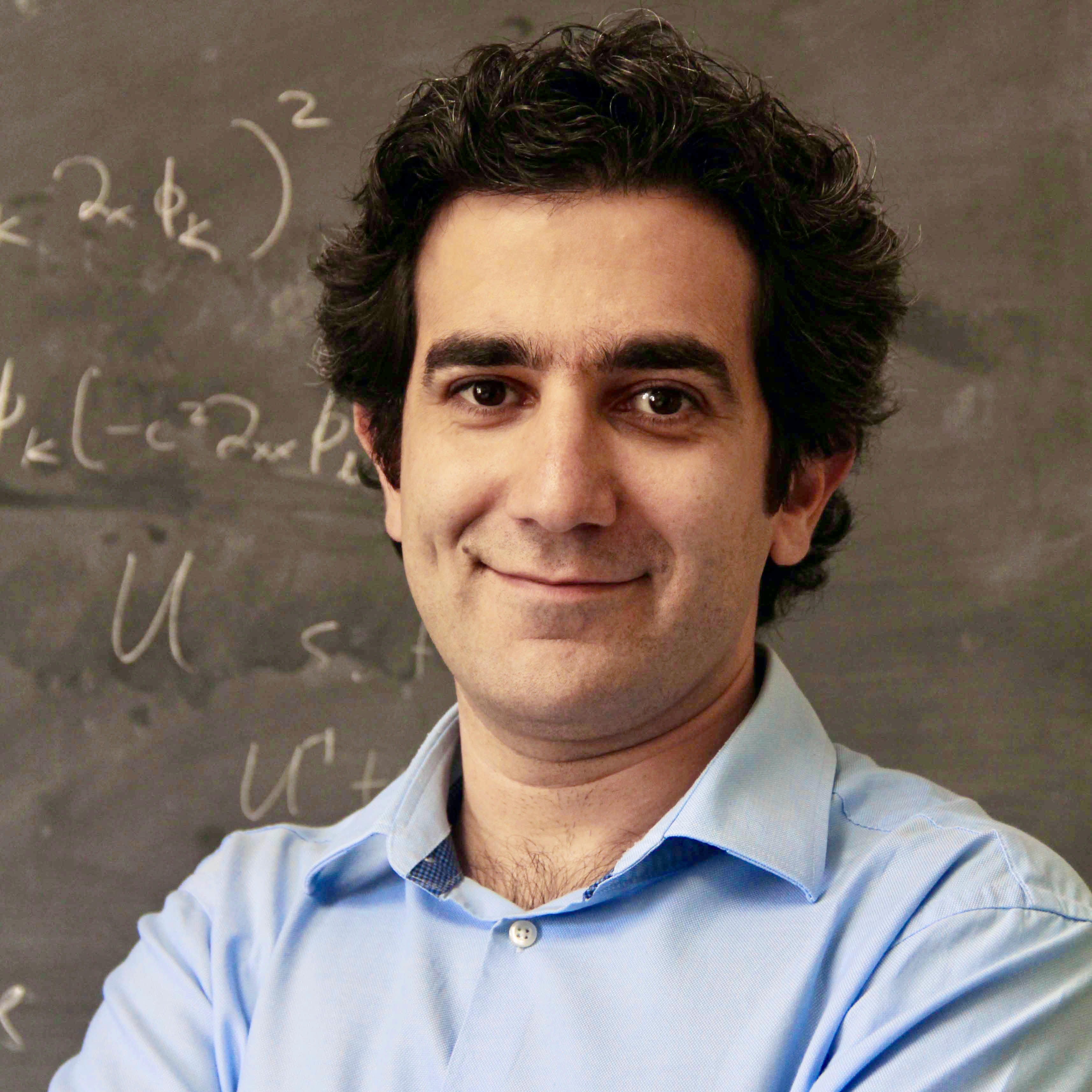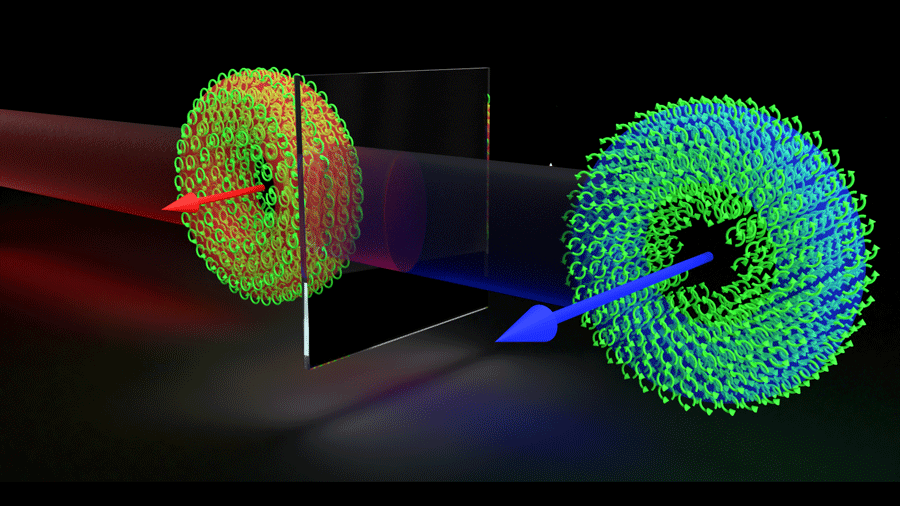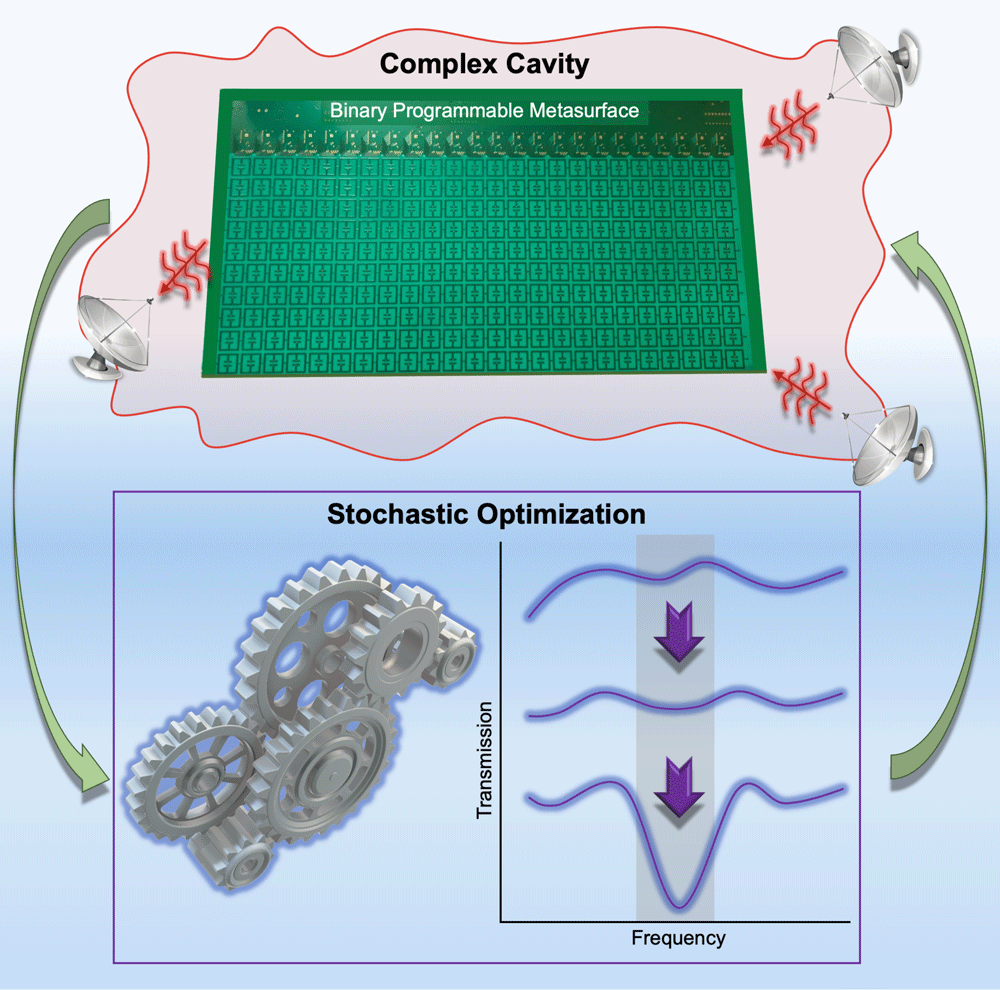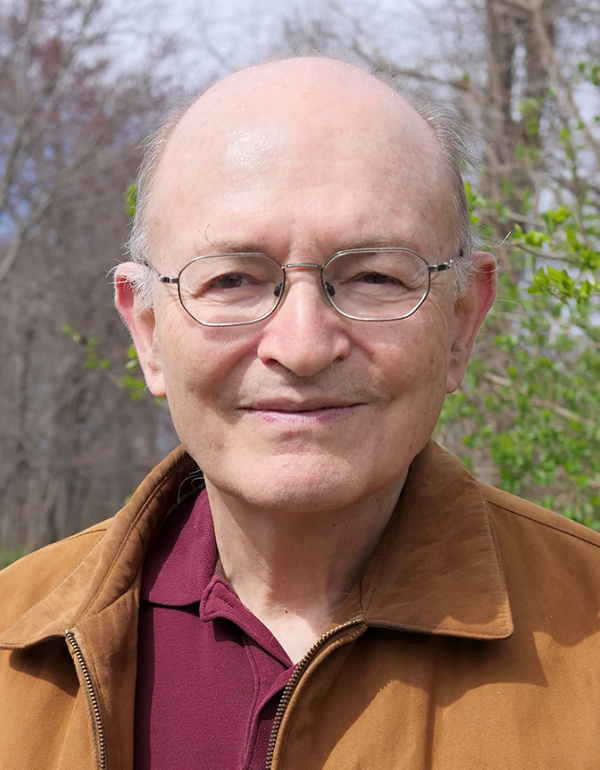News Story
Ultra-Broadband Microcombs Opens Door to Opportunities for Optical Frequency Synthesis
Electrical and Computer Engineering Associate Professor Yanne Chembo has recently co-authored a paper in Nature Communications, titled “Ultra-Broadband Kerr Microcomb Through Soliton Spectral Translation,” which explores broadband and low-noise microresonator frequency combs, also known as microcombs. This work was led in collaboration with the team of Kartik Srinivasan, a Fellow of the National Institute of Standards and Technology (NIST) and the Joint Quantum Institute (JQI). The authors have expanded the bandwidth of a microcomb far beyond its anomalous dispersion region on both sides of its spectrum through spectral translation mediated by mixing of a dissipative Kerr soliton (DKS) and a secondary pump.
Microcombs are promising for chip-scale metrology applications, including coherent range measurements, spectroscopy, and optical clocks. Their applications are typically realized in the DKS regime of microcomb operation, and often rely on stabilization of the comb repetition rate and carrier-envelope offset frequency, the latter usually through a f-2f interferometer. This f-2f stabilization requires at least an octave of comb bandwidth, which can be achieved through geometric dispersion engineering, to create coherent dispersive waves (DWs) that broaden the comb spectrum. Although DWs significantly increase microcomb bandwidth, the power of these enhanced comb teeth is still orders of magnitude lower than the pump, so that the f-2f technique remains challenging.
The researchers introduce the concept of synthetic dispersion to qualitatively capture the system’s key physical behavior, in which the second pump enables spectral translation through four-wave mixing Bragg scattering. They pump a silicon nitride microring at 1063 nm and 1557 nm to enable soliton spectral translation, resulting in a total bandwidth of 1.6 octaves (137–407 THz), and examine the comb’s low-noise characteristics, through heterodyne beat note measurements across its spectrum, measurements of the comb tooth spacing in its primary and spectrally translated portions, and their relative noise.
The use of an auxiliary pump enables straightforward access to soliton states, through an effective temperature compensation mechanism that bypasses the thermal bistability. In addition, simultaneous spectral broadening of the comb, attributed to cross-phase modulation (XPM) effects, has also recently been observed, though the magnitude of the effect was limited.
Ultra-broadband microcombs provide new opportunities for optical frequency synthesis, optical atomic clocks, and reaching previously unattainable wavelengths.
In addition to Chembo and Srinivasan, the other coauthors of the paper are the following: JQI Research Scientist Gregory Mollie; JQI graduate student Edgar F. Perez, JQI postdoctoral researcher Jordan R. Stone; IREAP Postdoctoral Research Associate Ashutosh Rao; IREAP Assistant Research Scientist Xiyuan Lu; and JQI graduate student Tahmid Sami Rahman.
Published January 6, 2022

